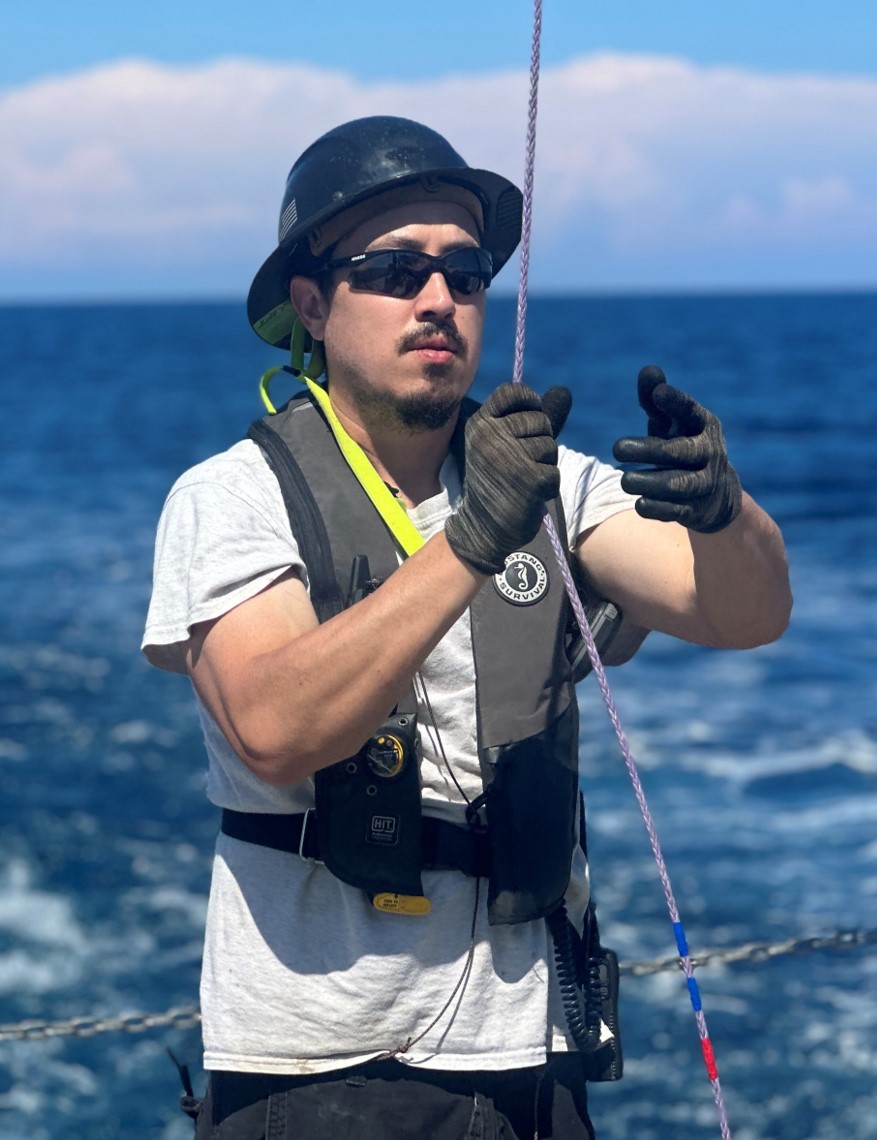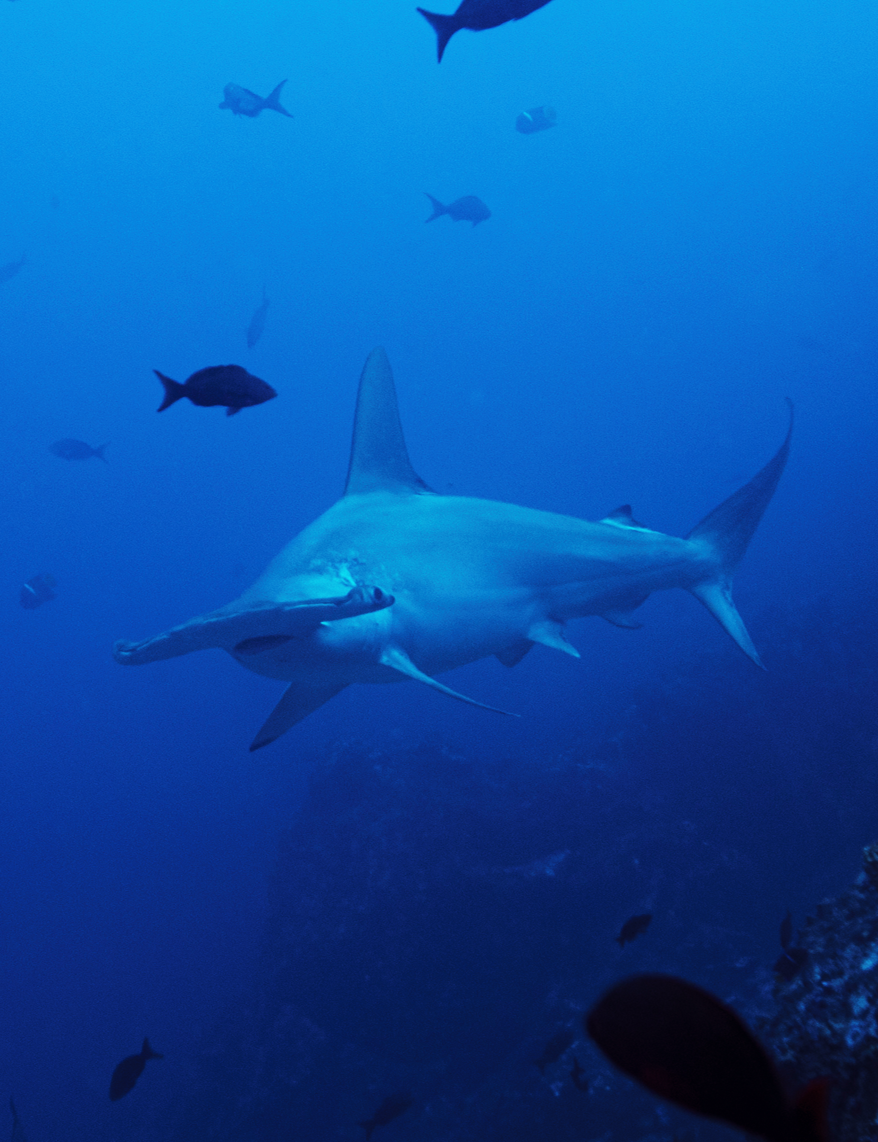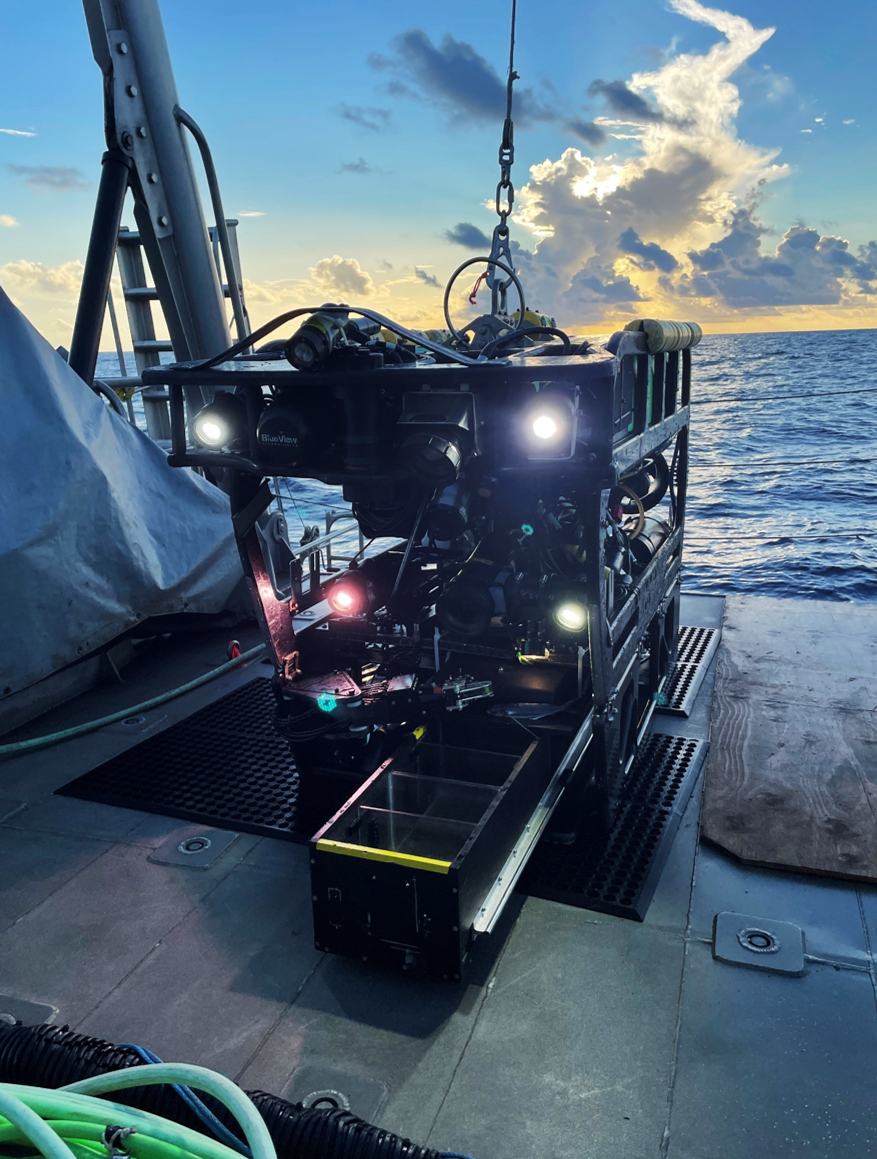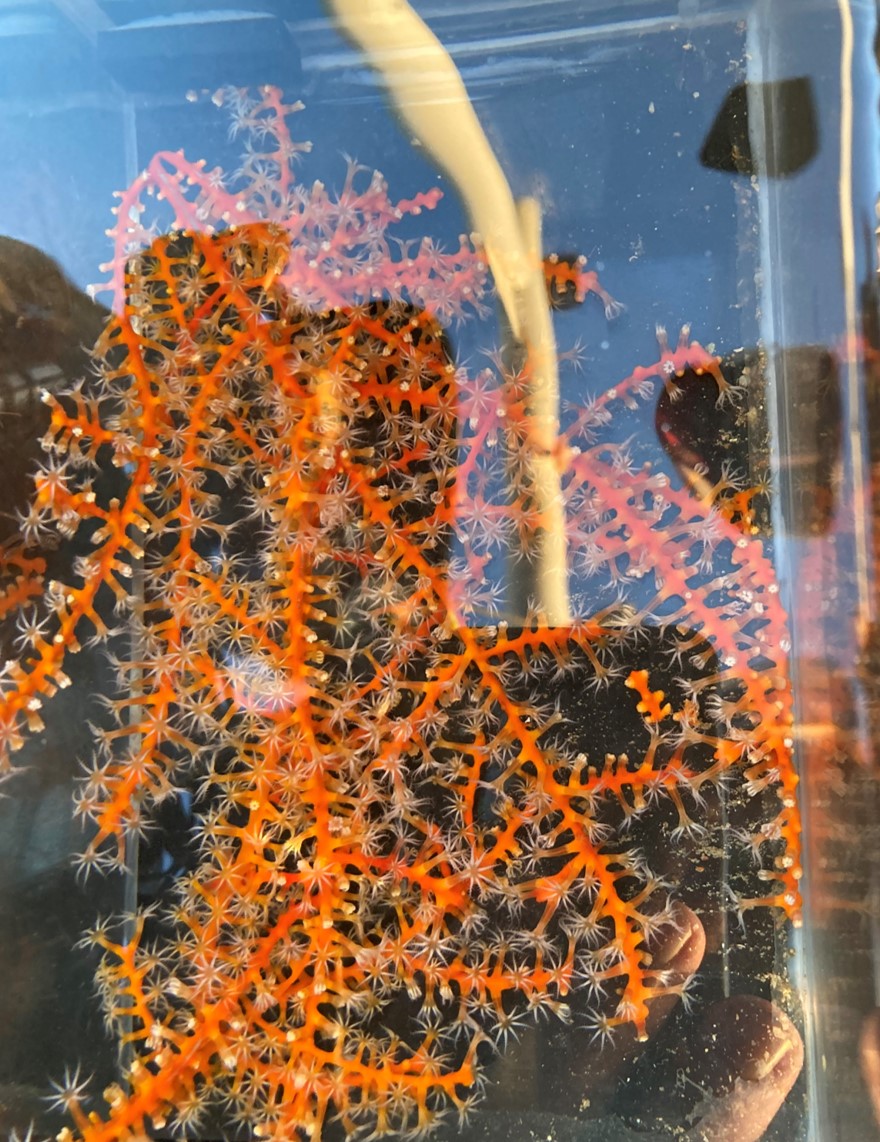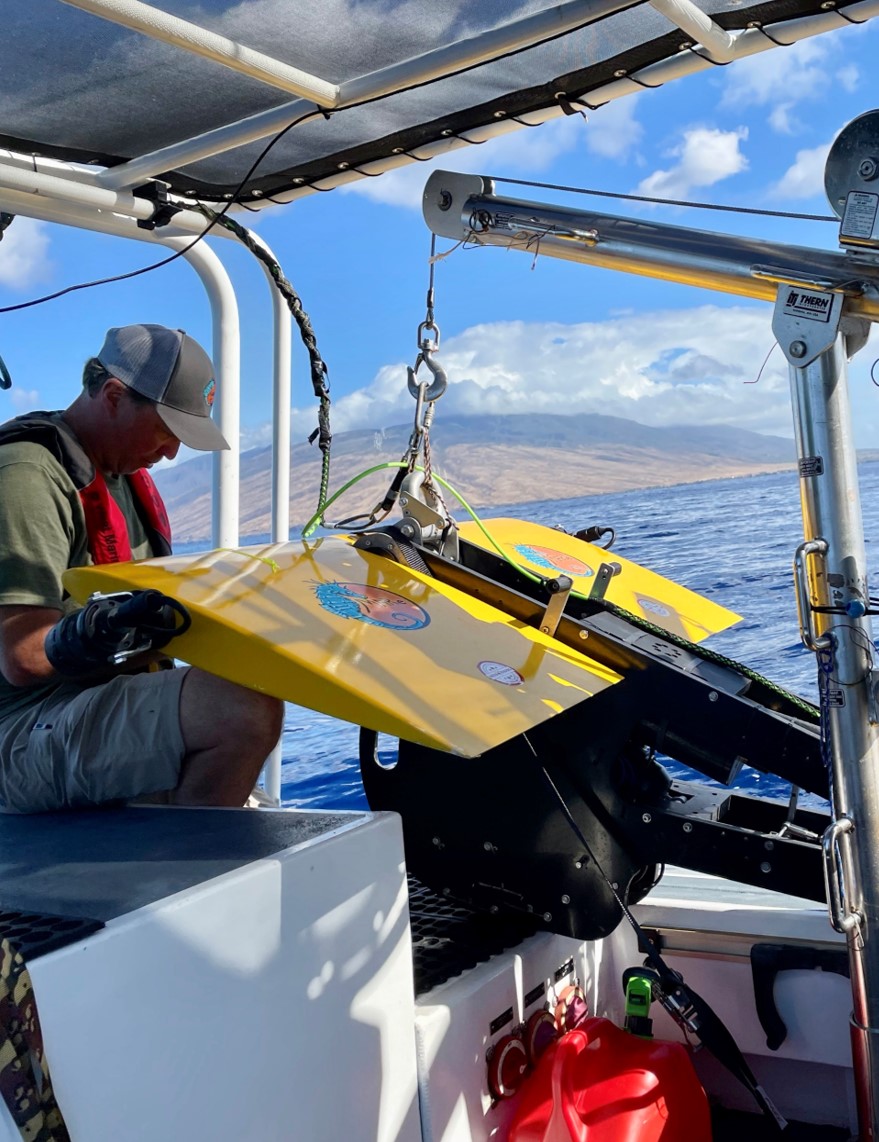Our Technology
ROBOTIC SURVEY FLEET

ROV Beagle

ROV Beagle
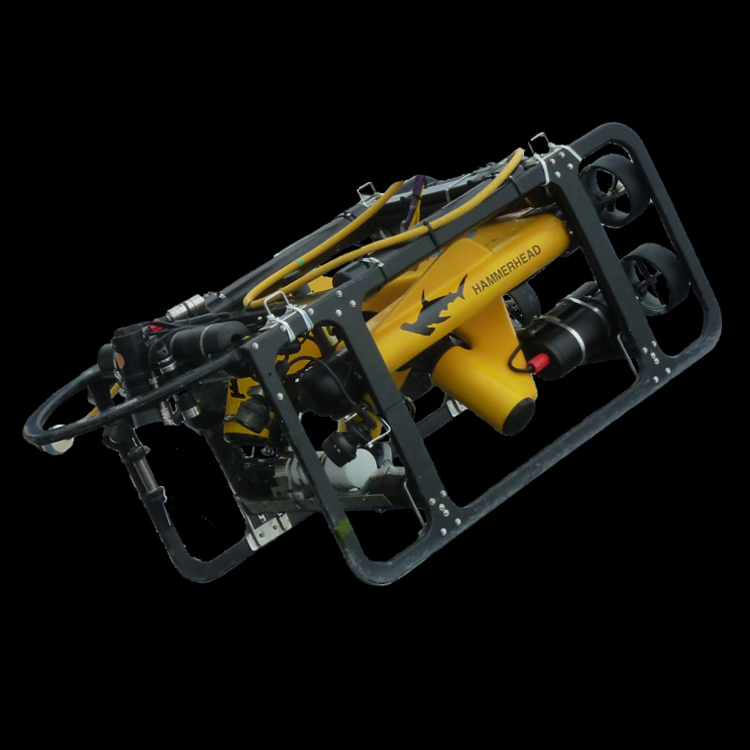
ROV Hammerhead
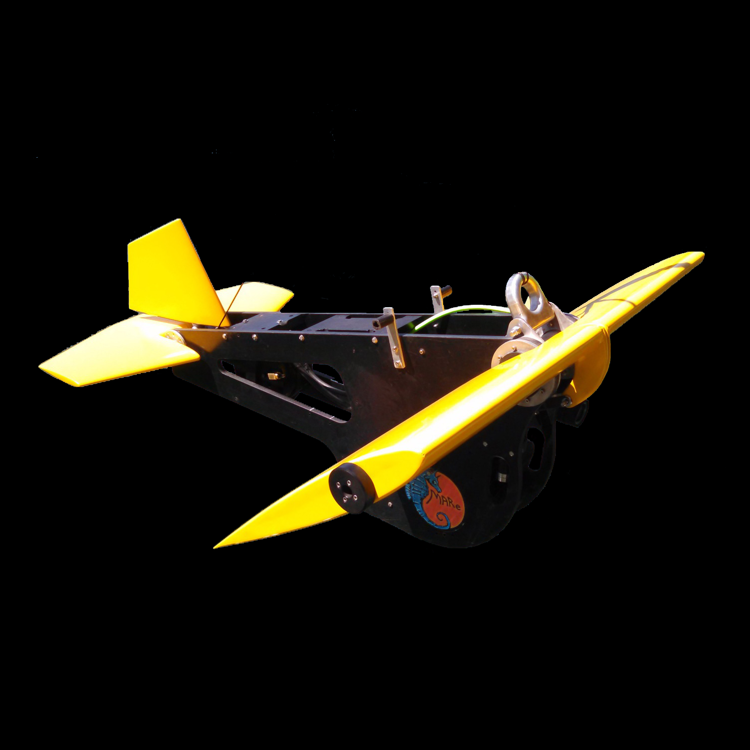
BATFish
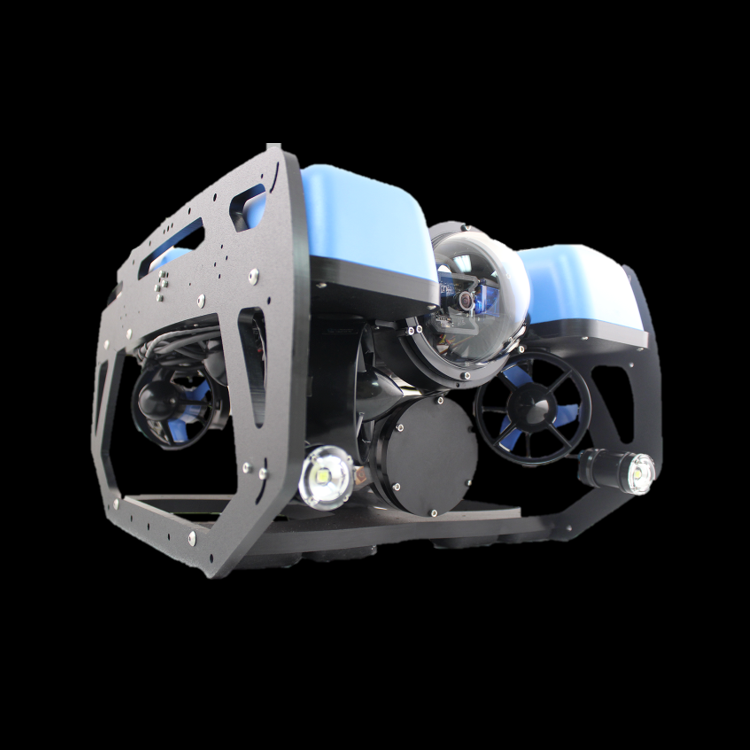
ROV Mantis
Our Science
PROGRAM AREAS
MARINE PROTECTED AREAS
MARE has been conducting baseline and long-term monitoring surveys of the mid-depth and deep subtidal portions of California’s marine protected areas since 2003. We are currently working with partners to conduct surveys along the entire state.
FISHERIES
MARE works with state and federal agencies, NGOs and academic partners to provide scientific information on Rockfish and other fisheries species, helping to inform the sustainable management of these important resources.
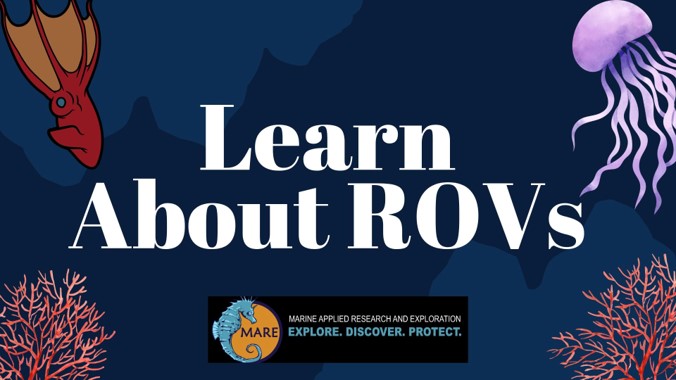
EDUCATION
MARE’s hands-on, interactive learning lab activities allow students to gain experience in critical thinking, data collection, data interpretation, and the engineering design process.
DEEP-SEA CORALS AND SPONGES
Together with our research partners, MARE works to locate and document deep-sea corals off the coast of California. Data gathered is used to generate maps and incorporated into NOAA’s deep-sea data portal for scientific researchers.
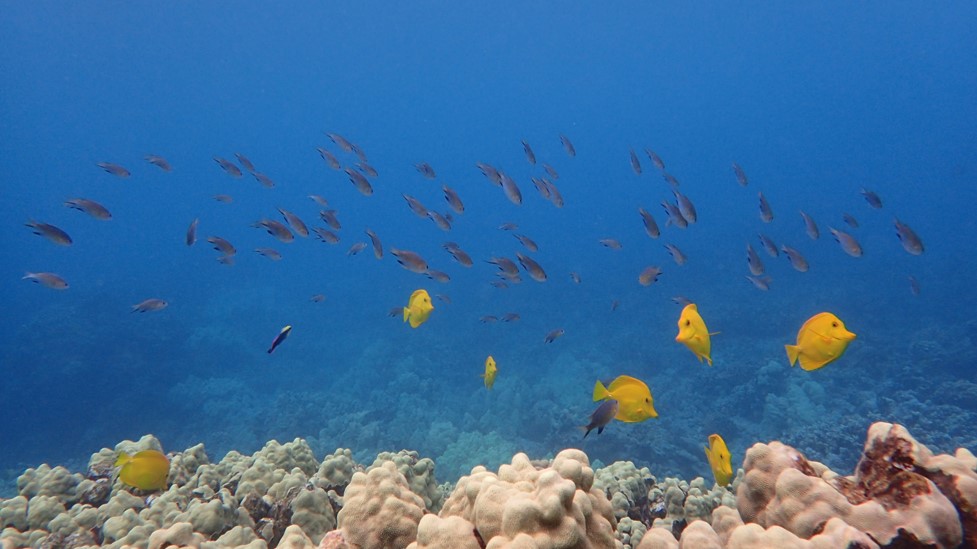
HAWAI’I 30 X 30
We are working with the state of Hawai’i to gather data to help inform the state’s comprehensive, long-term management plan to ensure sustainability and resilience in Hawai’i’s world-renowned nearshore waters.
NATIONAL MARINE SANCTUARIES
MARE works with NOAA research partners to gather information about deep-water habitats within California’s National Marine Sanctuaries. Research priorities include monitoring deep-sea coral and sponge habitats.
At Sea
RECENT EXPEDITIONS
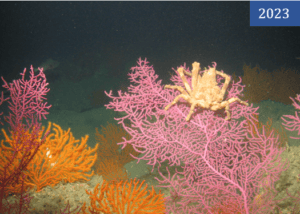
Expedition to locate tar seeps and possible paleoestuaries submerged during the last glacial period among the Channel Islands.
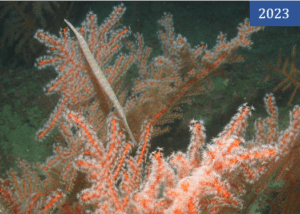
The fourth expedition in this series to collect coral samples supporting the restoration of mesophotic corals in the the Gulf of Mexico.
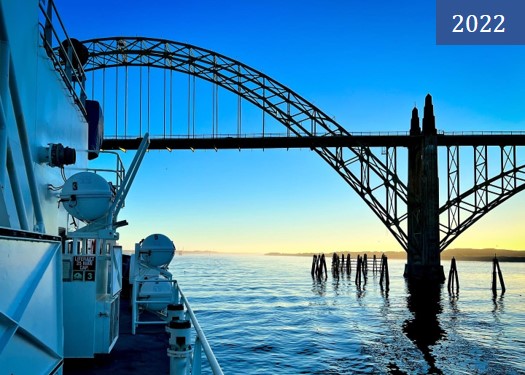
Describing seafloor habitats from Oregon to CA in support of offshore wind energy infrastructure and to survey essential fish habitats (EFH).
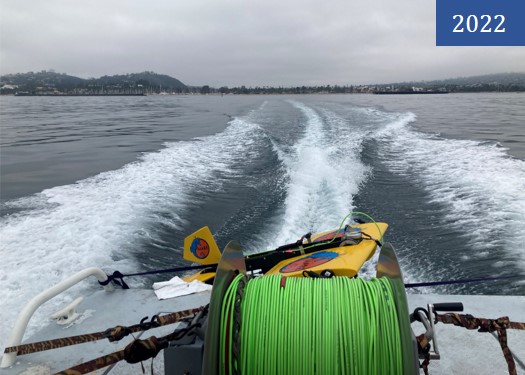
Benthic evaluation of four shell mounds formerly underneath 4H oil rigs off Santa Barbara.
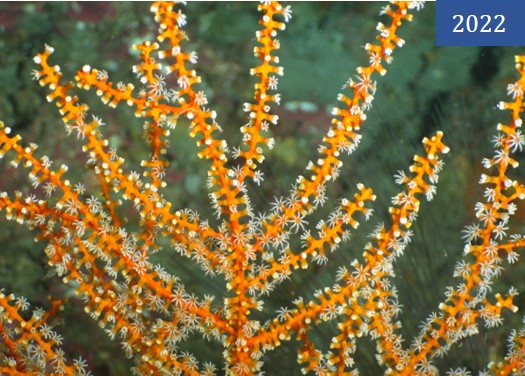
The third Gulf expedition to collect samples to understand the genetic distribution of corals across the Gulf of Mexico.

Expedition to locate tar seeps and possible paleoestuaries submerged during the last glacial period among the Channel Islands.

The fourth expedition in this series to collect coral samples supporting the restoration of mesophotic corals in the the Gulf of Mexico.
